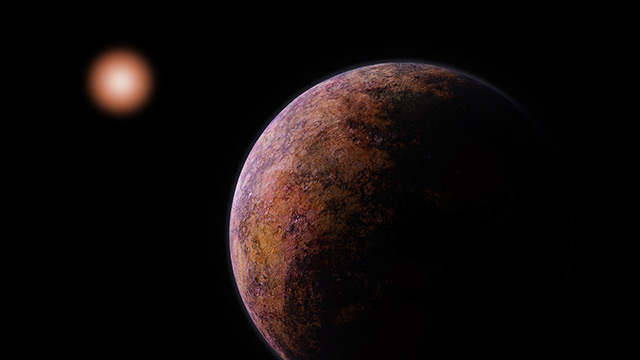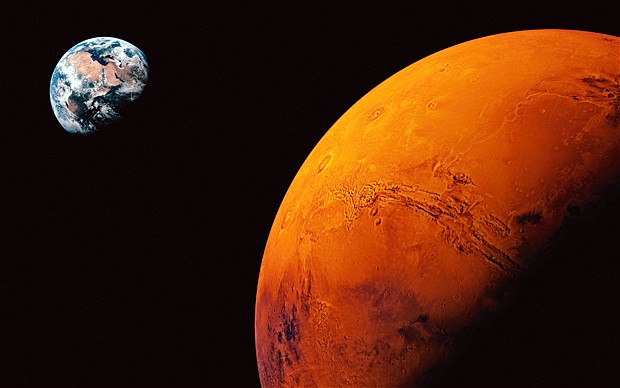Cosmic superbubbles discovered in nearby galaxy act like particle accelerators
09/01/2019 / By Edsel Cook

Long ago, in a galaxy far, far away, its central supermassive black hole produced a pair of tremendous cavities filled with gas and charged particles. The X-rays from those “superbubbles” eventually registered on the sensors of a NASA-run spacecraft and ground-based observatory.
The Chandra X-ray space observatory and its ground-based counterpart, the Karl G. Jansky Very Large Array in New Mexico, made new observations of the nuclear superbubbles of the NGC 3079 galaxy. Their data showed that the brightly shining cavities stretched out on opposite sides of the black hole that spawned them.
Researchers theorized that the superbubbles formed after the supermassive black hole yanked massive amounts of gas from nearby stars. The resulting displacement produced huge amounts of cosmic rays.
NASA likened the superbubbles to the Large Hadron Collider in Geneva, Switzerland, the biggest and most powerful particle accelerator operated by humans. They calculated that the natural cosmic particle accelerators produced 100 times more energy than the artificial one. (Related: Experts just found 83 MASSIVE black holes at the edge of the universe.)
NASA discovers two “superbubbles” that emit massive amounts of cosmic rays
In colorized images from NASA, the superbubbles were purple, helping them stand out from the other bright parts of their home galaxy. The pair produced a lot of energy, making them hot enough to release X-rays.
Researchers described their cosmic ray output as highly energetic. As a result, the superbubbles appeared on radio, X-ray, and optical telescopes operated by NASA once the agency knew where to look for them.
The Chandra radio telescope caught the first whiff of the X-ray emissions coming from the superbubbles. NASA took the spacecraft’s radio data and combined it with optical imagery taken by the Hubble Space Telescope, producing both wide-field images and close-up photos of the two superbubbles for visual inspection.
The superbubbles made their home in the NGC 3079 galaxy. Light from the two phenomena took 67 million years to reach Earth.
Based on the radio and optical data, the larger superbubble measures 4,900 light-years on one side of the galaxy, and 3,600 light-years on the other.
“The Chandra observations show that a cosmic particle accelerator in NGC 3079 is producing ultra-energetic particles in the rims of the superbubbles,” explained the NASA researchers. “Since the bubbles straddle the centre of NGC 3079, one leading hypothesis is that they were somehow created by the interaction of the central with surrounding gas.”
How do superbubbles form?
Stars release gas into space all the time – the solar wind of the sun is one such example.
Sometimes, if a star experiences extremely strong shock waves, its gases get expelled very quickly over large distances. During such violent expulsions, the exiled gases leave a bubble-shaped space behind them, similar to gas bubbles inside a liquid medium. The remaining gap is what researchers call a superbubble.
In the case of NGC 3079 galaxy, the supermassive black hole at its center might provide more than sufficient force to yank the gases away from stars. But it is not the only potential culprit.
“Alternatively, the superbubbles might have been created primarily by the energetic winds from many young and hot stars near that galaxy’s centre,” the researchers added. “The only similar known phenomenon is the gamma-ray emitting Fermi bubbles emanating from the centre of our Milky Way Galaxy, discovered 10 years ago in images taken by NASA’s Fermi satellite.”
High-energy superbubbles like those in NGC 3079 may help improve human understanding of nature. Being bigger, natural versions of particle accelerators, they produce massive numbers of high-energy particles, some of which may have escaped human notice and electronic sensors.
Sources include:
Tagged Under: astronomy, black holes, Chandra X-ray Observatory, cosmic radiation, cosmic rays, Galaxies, Karl G. Jansky Very Large Array, NASA, NGC 3079 galaxy, outer space, physics, research, Space, Stars, superbubbles, supermassive black holes, weird science, x-rays
RECENT NEWS & ARTICLES
COPYRIGHT © 2017 SPACE.COM
All content posted on this site is protected under Free Speech. Space.com is not responsible for content written by contributing authors. The information on this site is provided for educational and entertainment purposes only. It is not intended as a substitute for professional advice of any kind. Space.com assumes no responsibility for the use or misuse of this material. All trademarks, registered trademarks and service marks mentioned on this site are the property of their respective owners.


















